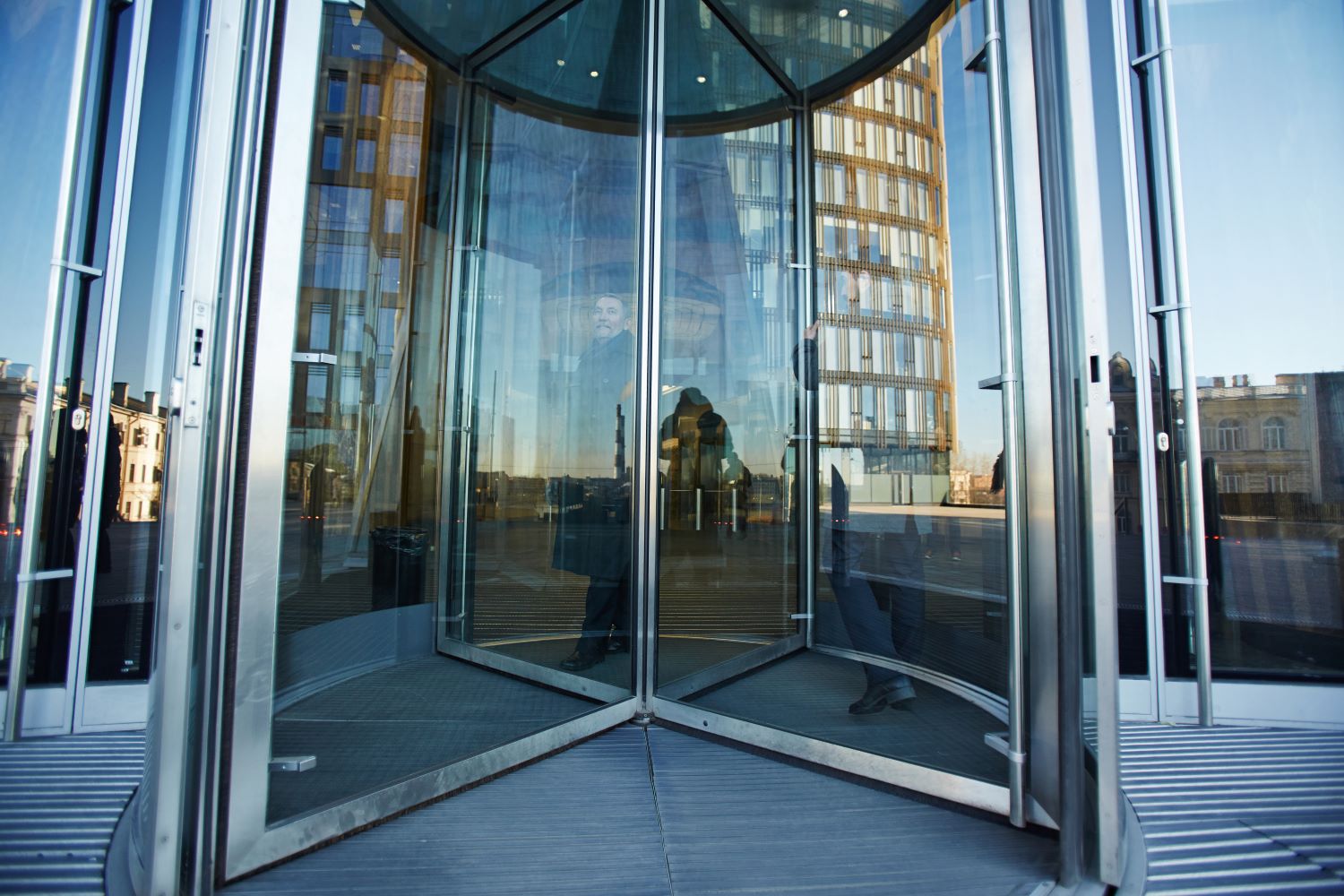- Over 1 in 8 UK employees expect to leave their current jobs within 12 months
- For these employees, engagement levels drop by 60% compared to those who intend to stay in their current roles
- Data from 22,000 respondents in UK organisations
- Study reveals correlation between inclusion, wellbeing, work-life balance, career development, recognition and current employee retention globally
Recent research reveals that over 1 in 8 UK employees (13%) expect to leave their current jobs within 12 months, with engagement levels dropping by 60% compared to those who intend to stay in their current roles.
For those expecting to leave their roles, current engagement rates stand at 36%. This is compared to an average engagement rate of 90% for those who remain committed to their jobs for the foreseeable future.
The results, revealed by Inpulse, experts in employee engagement, were found by analysing employee engagement surveys completed by 22,000 respondents over 2 years. The insights uncover future retention trends as well as the emotions behind employees’ satisfaction at work.
Correspondingly, the data also reveals a huge decrease in positive emotions experienced by those who intend to leave their organisation. For these respondents, the level of positive emotions experienced drops to 31% compared to 79% in those anticipated to remain in their roles.
Matt Stephens, Founder and CEO of Inpulse, stated:
“We’re seeing from the data that people really aren’t sitting on the fence when it comes to retention. Those who are thinking about leaving their organisation are dominated by negative emotions – the top three being feelings of disconnection, irritation and anxiety. Those who plan on staying, however, are dominated by positive emotions – feeling valued, committed, and motivated.
“In order to understand these emotions and how they will impact future levels of engagement and retention, organisations have got to ask ‘Why?’; ‘Why are employees feeling this way?’ And ‘How can we tap into the positive emotions and dial them up to create a workplace culture that compels employees to stay?’”
According to the data, there are key areas that impact employees’ emotions and commitment to roles around the world. In the UK and globally*, feelings surrounding inclusion, wellbeing, work-life balance, career development and recognition are key indicators of an employees’ likelihood of staying within their current roles for the next year.
For those expecting to leave, just over a third (35%) feel recognised for their work. The same proportion (35%) feel there are opportunities for career development, only 38% feel they have a good work-life balance, 40% think their organisation cares about their wellbeing and only half (54%) feel they can be themselves at work.
However, for those expecting to remain, 70% feel recognised for their work, 76% believe they have opportunities for career development, 74% feel they have a healthy work-life balance, 81% feel their organisation cares about their wellbeing and 89% feel they can be themselves at work.
Stephens added:
“Understanding employee emotions doesn’t need to be difficult and leaders must then take steps to react appropriately and prevent employees from leaving further down the line.
“Influencing change can be as simple as communicating – listening and verbalising – more effectively with your people from onboarding to exit, ensuring you recognise and respond to potential issues before they become problematic.
“Beyond this, give employees a voice to communicate their concerns but also ensure you share your organisation’s vision and goals – give employees purpose especially if they feel detached.
“Ensuring leaders listen to employee concerns is also a simple way of developing a culture of trust; building or rebuilding employee connection and confidence in their workplace.”
*Global responses taken from 40,000 points of data across multinational organisations over 2 years.


